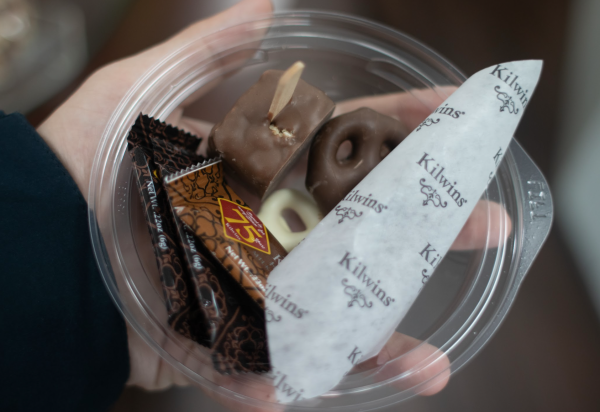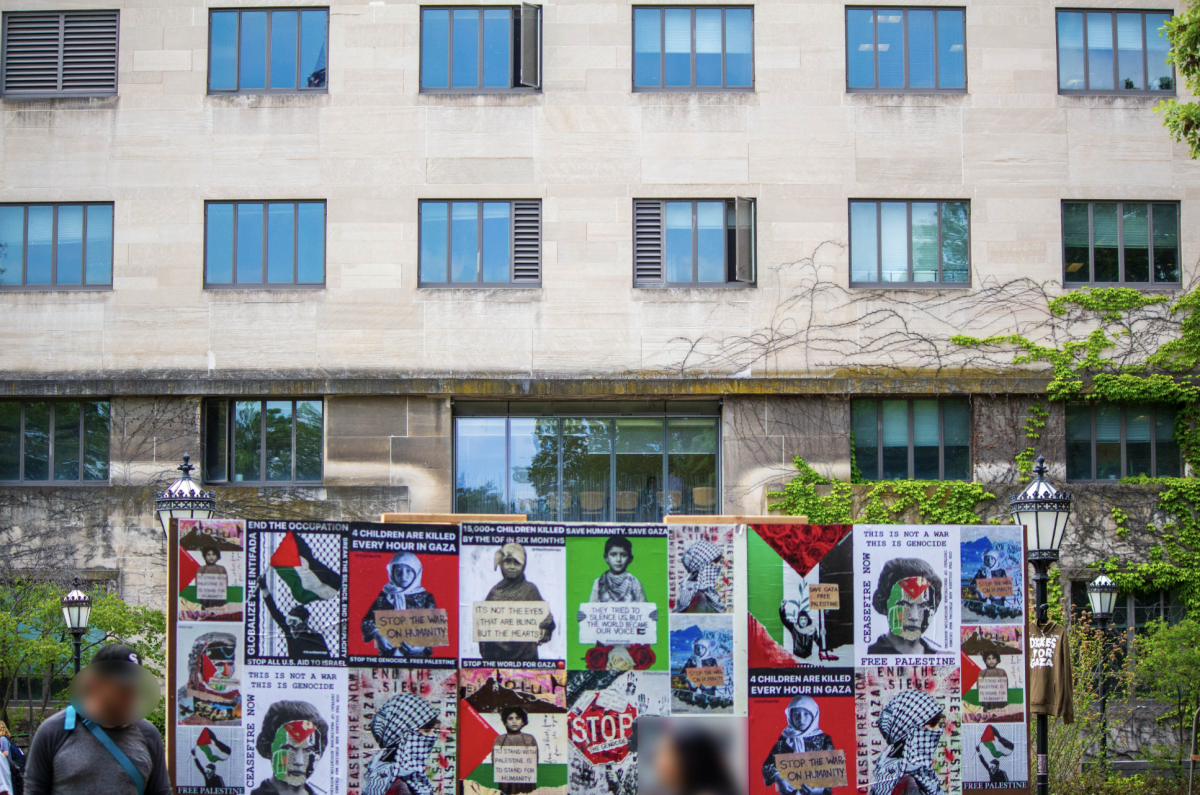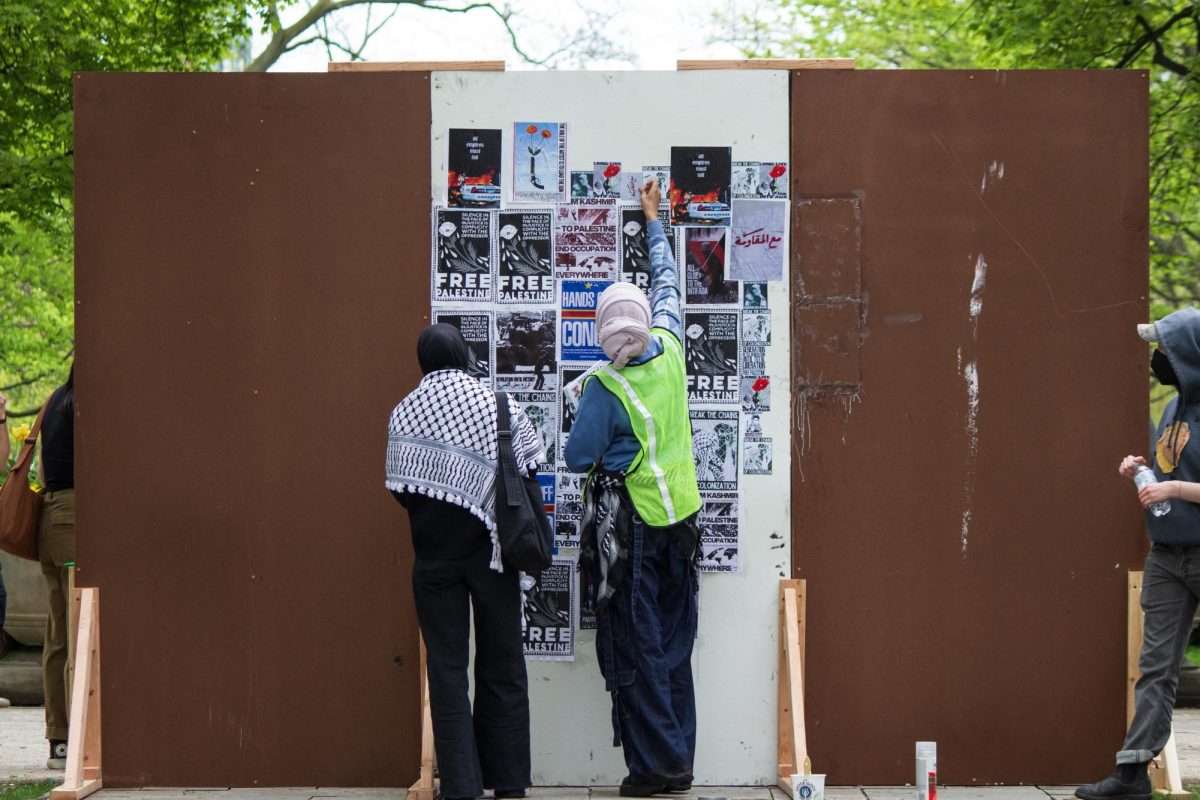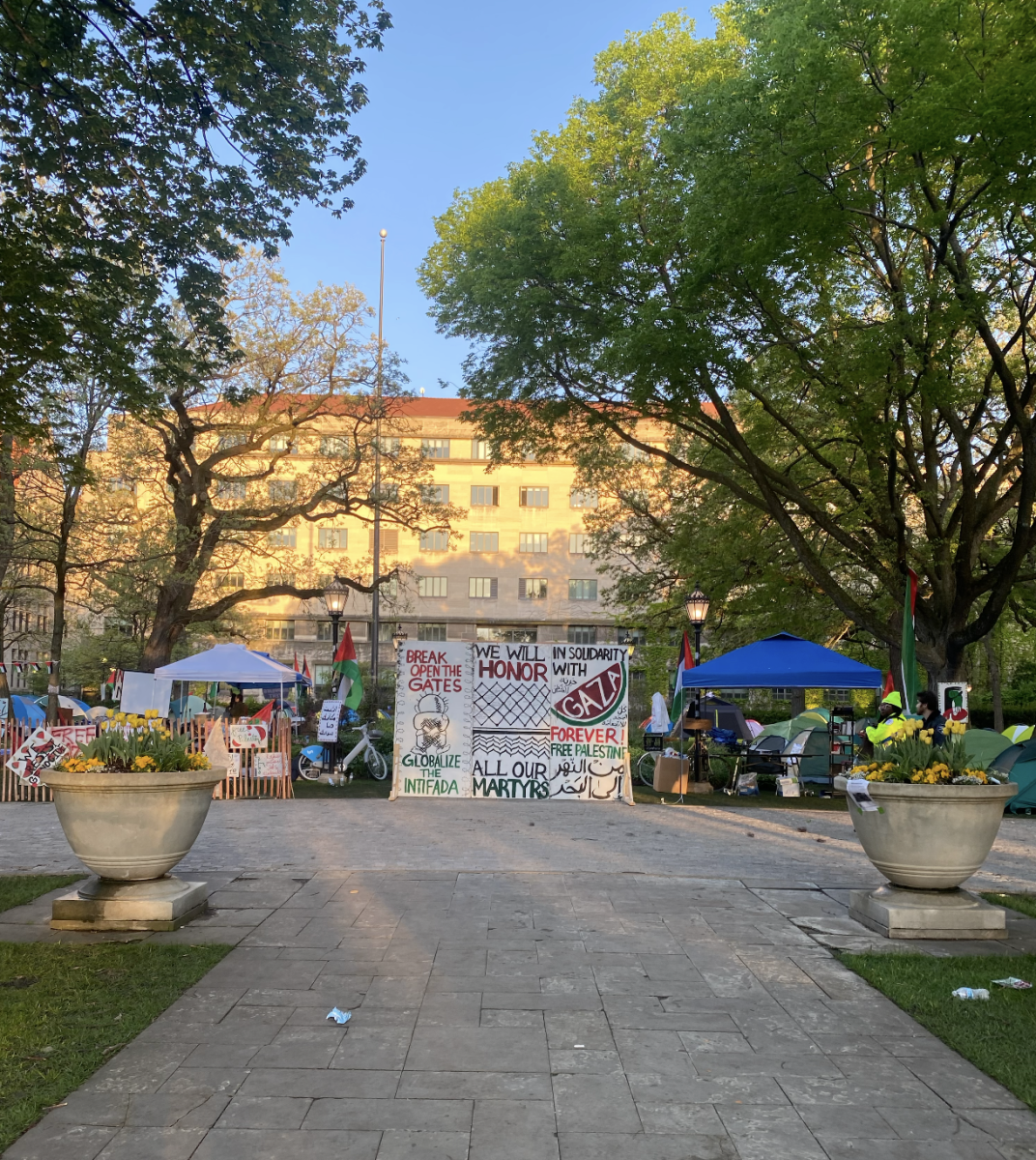Walk through Downtown Hyde Park and you may notice the lack of some familiar fixtures. In recent months, several long-standing establishments have bid their farewells to the community.
One such closure is the iconic Mellow Yellow. This vintage eatery had been dishing up hearty breakfast options on 53rd Street since its opening in 1976. The Hyde Park Herald attributes Mellow Yellow’s closure last June to the retirement of the former owner, Francisco Garcia. A soul food joint, Oooh Wee! It is!, has taken its place.
Over its impressive 46-year tenure, the restaurant had become an integral presence in the community. “I ate at Mellow Yellow quite often in the ’70s when I was a high school student at Kenwood [Academy]. I think I went there once for a first date,” said Tim, a Hyde Park local. “Before closing, I made sure to go back one last time.”
But Mellow Yellow is not the only change to 53rd Street’s business strip. Several other well-known eateries, including Leona’s Pizza and The Budlong Hot Chicken, have also shut down business for good. Some of these closures were accompanied by more tumult. What’s Krackin, a popular seafood joint, closed this September amidst a legal dispute with the landlord.
On East 56th Street, Piccolo Mondo, an Italian restaurant once celebrated on The Maroon’s Gems of Hyde Park, abruptly shut its doors last November after a 39-year legacy. The sudden closure left several former staff without jobs or severance pay at the start of the holiday season. The staff launched a virtual tip jar at the end of December 2022 to cover living expenses.
Amid these closures, new businesses have emerged. Sundrip, a vegan eatery offering smoothie bowls, salads, and juices, opened their doors in August right below Campus North. Litehouse Whole Food Grill also relocated to a new storefront on 53rd Street.
Part of the changes in Hyde Park can be credited to funding from governmental organizations. Kilwins, an ice cream and dessert parlor, recently received a $250,000 community grant from the city of Chicago to construct a “chocolate garden” in its backyard. The area, complete with amenities and an outdoor patio, will provide a versatile space for hosting weddings, parties, and other community events. Furthermore, the city of Chicago also recently awarded a $5 million grant to Revive 6300 in a project to build high-end offices on the site of the Washington Park National Bank building.

These changes in Hyde Park’s business landscape reflect a response to evolving consumer demands. With recent University land acquisitions and the construction of the Obama Presidential Center (OPC), Hyde Park is undergoing a gradual demographic shift. The median age of Hyde Park residents has gradually declined for decades, and the Black population has decreased by 33 percent since 2000.
Given UChicago’s continuous expansion efforts, this change will likely persist. For example, the University of Chicago has partnered with two real estate firms to build Harper Court Phase II. This 13-story tower will house quantum and life sciences laboratories, along with heavy technological infrastructure. Replacing the restaurant Park 52, the project began earlier this year and is expected to conclude by mid-2024.
These developments have attracted criticism from some Hyde Park natives. Corporate and institutional actors are increasingly dominating commercial and residential real estate in the neighborhood. Investors currently own about 25 percent of housing in Hyde Park, tying it as the 6th most investor-dominated zip code in the city of Chicago. All districts within the top five are adjacent areas around the South side.
Many South Shore residents have united under the aid group Not Me We to advocate for better housing and sustainability metrics. Earlier this year, their efforts led to the passing of the Woodlawn Housing Preservation Ordinance, allocating $4.5 million of city funding for affordable housing programs. The ordinance also established affordability requirements for 30 percent of new housing units built on 52 vacant lots near Woodlawn.
In response to such pressures, the developers of Harper Court Phase II have pledged to meet the University’s diversity goals. The project aims to create economic opportunity for women and minority contractors, with “2000 construction jobs tied to the project.”
New businesses are also contributing to inclusive community-building. Jackie Jackson, the owner of Kilwins, stressed her desire to keep the renovated patio space affordable. “The whole goal is to bring something to the community that people can utilize, feel safe, and have fun with. We don’t want to charge a lot of money because we really want it to be accessible to the community.”
Many of the storefronts once occupied by Mellow Yellow and other fixtures now stand empty, awaiting new tenants. As Tim savored a steak salad at the recently opened Litehouse Grill, he said, “Growing up in Hyde Park means that you get used to a certain rhythm of change… As much as I feel nostalgia for those old fixtures, life moves on.”
Correction, October 30, 5:25 p.m.: A previous version of this article’s headline misconstrued the nature of the changes in the local business landscape. The error was due to a breakdown in the editing process for this article.












Jesse Sinaiko / Oct 31, 2023 at 7:23 am
This was clearly written by someone who doesn’t know the background, how the U of C real estate operation works (or doesn’t), and how there are far more successful restaurants in HPK than in the last 60 or more years.
What’s Cracking hardly opened, Budlong was a flop; a creature of the lousy U of C real estate operation and its short-term sweetheart leases.
Virtue, Chant, Cedars, Rajin Cajun, Valois, Capri, Sit Down, Harold’s, Litehouse, etc., seem to be doing fine. Is that enough for 53rd?
We aren’t including Medici, Morry’s, Asciano, Maravilla’s, The Nile, Noodles Etc., Salonika, the THREE Thai places on 55th, and some others I’ve missed or forgotten.
Seems as if the restaurant scene in HPK is more alive than it’s been in decades.
Mark Ira Weinstein / Oct 30, 2023 at 12:30 pm
I was a student in the College from 1965 to 1969, and in B-School from 1971 to 1976. What you are describing is nothing new, we survived the loss of the Tropical Hut, the closing of many bars, and the opening of many new places. Plus ca change, plus ca la meme chose. If “gentrification” did not occur Hyde Park would grassland and non of us would have ever gone to the U of C (as UChicago was then known)
Gregory Caesar / Oct 29, 2023 at 3:11 pm
Why is “gentrification” used exclusively as a pejorative? I agree that rising property costs are problematic. However, the notion that upscaling neighborhoods is a net negative is strange and unsupported by the facts presented, as is the idea that the University bears an onus to prop up community businesses. UChicago is not a charity. Lest we forget it is already the largest employer on the South Side.
“These developments have attracted criticism from some Hyde Park natives.”
It’s curious that The Maroon did not provide any statistics supporting this claim. What percentage of Hyde Park natives object to these developments? What aspects, specifically, do they object to?
This is a one-sided, unnuanced article that amounts to a hit piece. Do better.
Fran Black / Oct 31, 2023 at 8:07 am
What is problematic and telling is that the University is more of a parasite elitist institution to the surrounding communities. Yes, they employ a lot of people, but the surrounding neighborhood people are not amongst them. The presumption is such a preeminent institution makes a positive contribution to the community and all of humanity so how is it, that with all it’s wealth and knowledge it sits like an island as everything and everyone around it languishes ? Should gentrification (replacement of one demographic for another) be the only tool that can cause a community to upscale?
Gregory Caesar / Oct 31, 2023 at 11:36 am
“What is problematic and telling is that the University is more of a parasite elitist institution to the surrounding communities.”
Your bias is betrayed by your loaded language.
“Yes, they employ a lot of people, but the surrounding neighborhood people are not amongst them.”
This is false. The University is the largest private employer on the South Side, and the second-largest in the city. Do you have evidence disputing this?
“…with all it’s wealth and knowledge it sits like an island as everything and everyone around it languishes ?”
For the second time, UChicago is a university. It is not a charity. It is not a bank. Despite this, it contributes *mightily* to surrounding communities; it sponsors community events and community engagement from students (e.g., through volunteerism); operates a police department that patrols a large swath of the South Side, complementing the CPD—which is consistently stretched thin; employs thousands of local residents; and funds several community clinics to treat uninsured patients from underserved areas. I could continue, but I sense any praise of the University would be wasted on you.
As I’ve said, there are valid criticisms to be made about the University and its impact on the surrounding community. But the claim that it is a “parasite” responsible for the plight of the South Side is not supported by the facts you’ve presented.
Maybe you should direct your anger at the city for failing its residents, not at private institutions that actually give a damn about the community (despite not being obligated to).
“Should gentrification (replacement of one demographic for another) be the only tool that can cause a community to upscale?”
…? What do you want? If it’s not “gentrification,” then it’s white flight. By the way: your charge of a localized “Great Replacement” is conspiratorial, bigoted, and unfounded.
Your comment, while verbose, is not substantive; you’ve provided no solutions, only complaints.